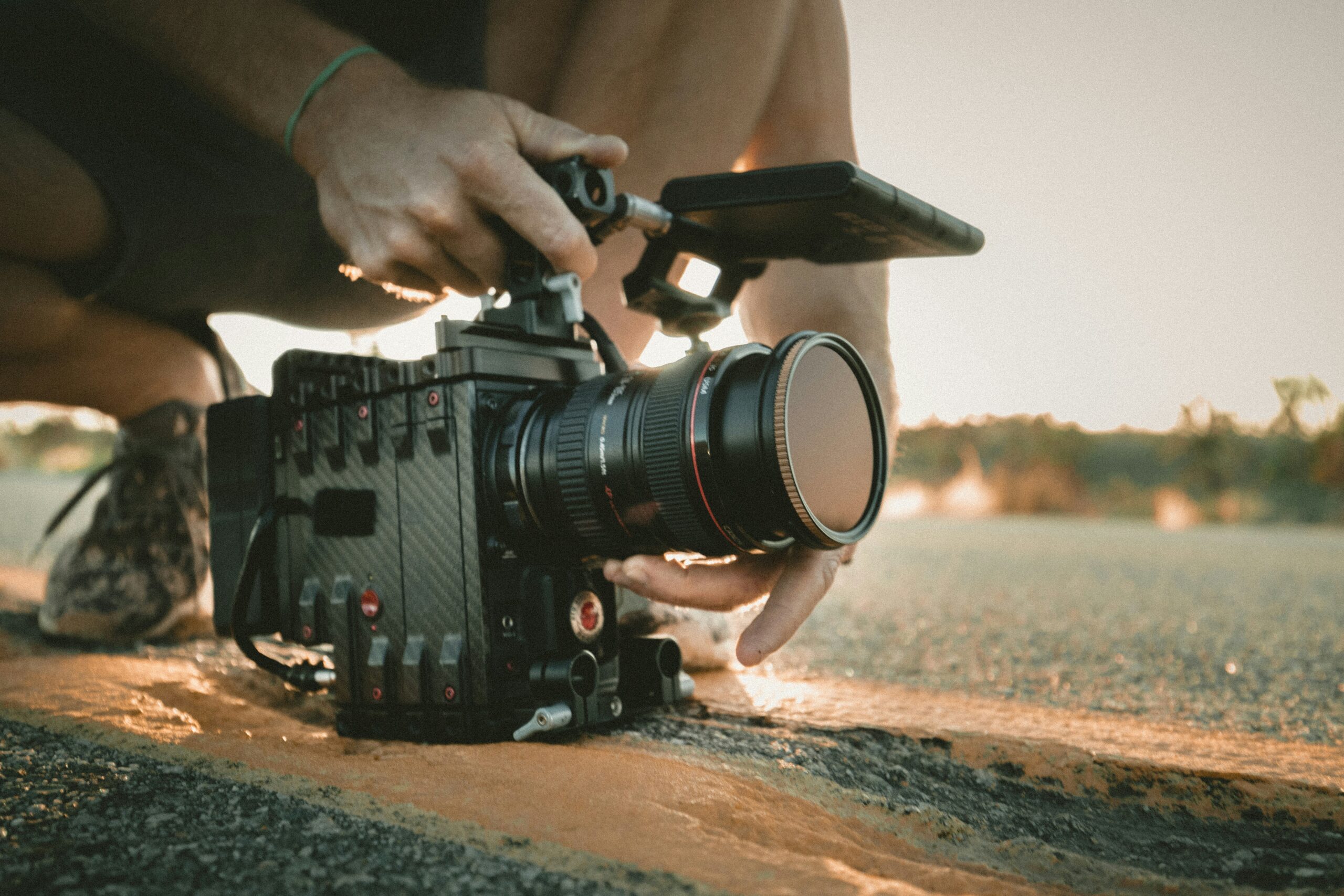
Professional film photography is more than capturing moments—it’s about crafting timeless works of art through light, texture, and emotion. In a world dominated by digital cameras, film photography continues to hold its ground for its unmatched depth and organic aesthetic. To achieve consistent, professional-quality results, photographers must be equipped with the right tools, each serving a critical role in the creative process.
Cameras: The Heart of the Craft
Choosing the right camera is the first step toward mastering film photography. For professionals, the 35mm format remains a versatile favorite due to its balance of quality and portability. Classics like the Nikon F2, Canon AE-1, and Pentax K1000 deliver reliability and precise control. Medium-format cameras such as the Mamiya 645 or Hasselblad 500CM, on the other hand, produce exceptional detail and tonal range—ideal for portrait, fashion, or fine-art photography.
Unlike digital cameras, film models demand full manual control. Understanding how aperture, shutter speed, and ISO interact helps photographers harness light effectively and produce intentional compositions. Mastery of these fundamentals transforms a simple frame into a powerful story told through film grain and texture.
Selecting the Perfect Lenses
Your lens selection determines not just what you capture but how you interpret your subject. Prime lenses, such as a 50mm or 85mm, offer unparalleled sharpness and depth of field, making them essential for portraits and low-light scenarios. Wide-angle lenses (24mm or 28mm) are excellent for landscapes and architectural photography, providing expansive perspectives without distortion.
High-quality lenses often outlast camera bodies, making them wise long-term investments. Professionals also experiment with specialty lenses—like macro or tilt-shift—to expand creative potential. The right lens not only defines your visual style but also enhances storytelling by shaping focus, distance, and composition.
Exploring Film Types and Characteristics
Film choice profoundly influences the aesthetic of your images. Color negative films such as Kodak Portra 400 or Fujifilm Pro 160 offer balanced tones and wide dynamic range—perfect for portraits, events, and editorial work. Slide films like Fujifilm Velvia and Kodak Ektachrome deliver bold, saturated hues and fine grain, favored for landscapes and commercial photography.
Black-and-white films remain the soul of classic photography. Options like Ilford Delta 400 and Kodak Tri-X 400 emphasize texture, contrast, and emotion. Experimenting with different film speeds (ISO) allows photographers to adapt to various lighting conditions and achieve distinct artistic effects that digital sensors simply can’t replicate.
The Power of Proper Lighting and Light Meters
Film photography thrives on light mastery. A reliable light meter is indispensable for determining accurate exposure, especially when shooting under unpredictable lighting conditions. While built-in camera meters are useful, handheld meters—such as the Sekonic L-358—offer superior precision for professionals working with both ambient and artificial light sources.
Learning to read and interpret light is a skill honed over time. Understanding how highlights and shadows interact on film enables photographers to maintain consistency and retain important details. Proper exposure not only prevents wasted rolls but also preserves the film’s tonal richness and character.
Stabilizing Tools: Tripods and Accessories
Even the steadiest hand can introduce blur, especially during long exposures. A durable tripod is therefore a must-have for film photographers. Models made of carbon fiber or aluminum provide stability without excessive weight, ensuring crisp, detailed images. For added precision, accessories like cable releases or remote triggers prevent camera shake when pressing the shutter.
Tripods also allow for thoughtful composition and experimentation. Whether capturing landscapes, still life, or architectural forms, using stable gear gives photographers the freedom to explore perspective and achieve professional-level sharpness in every frame.
Filters: Fine-Tuning Exposure and Creativity
Filters are the secret tools that refine and enhance photographic output. Neutral Density (ND) filters help control exposure during bright conditions, making it possible to shoot long exposures for creative effects like smooth waterfalls or dreamy cloud trails. Polarizing filters, meanwhile, minimize reflections and enrich color saturation, lending scenes a more dynamic and vivid appearance.
For black-and-white enthusiasts, colored filters play a transformative role. Red, yellow, or green filters modify contrast and tonal separation, allowing photographers to emphasize texture, sky details, or facial features. Mastering filter use opens endless possibilities for visual storytelling and creative control.
Developing, Storing, and Preserving Film
Capturing an image is only half the journey—developing and preserving film completes the process. Many professional photographers prefer home development using tanks, chemicals, and drying racks for maximum creative control. This hands-on approach deepens understanding of exposure, contrast, and film response, fostering artistic consistency.
Proper storage is equally vital. Unused film should be refrigerated to slow aging, while developed negatives must be stored in acid-free sleeves and kept away from humidity or sunlight. Meticulous care ensures that your analog masterpieces remain intact for decades, preserving your creative legacy.
Protection and Maintenance Essentials
Every professional photographer knows that reliable gear care leads to long-term success. Investing in a high-quality camera bag safeguards equipment during travel and fieldwork. Bags with padded dividers and weather resistance, such as those from Lowepro or Peak Design, offer both protection and convenience.
Maintenance should never be overlooked. Regular cleaning of lenses, viewfinders, and camera bodies with microfiber cloths, brushes, and air blowers prevents dust and deterioration. Scheduling periodic professional servicing ensures the camera’s shutter mechanism, film advance, and light seals remain in perfect working order.
Final Thoughts
Achieving excellence in professional film photography requires passion, patience, and the right analog photography equipment. From vintage 35mm cameras to medium-format systems, every tool plays a role in translating creative vision into timeless art. Investing in top-quality film photography gear, understanding exposure control, and practicing meticulous film handling will help you produce vibrant, detail-rich images that stand out in the digital era. Whether you’re building your film photography setup from scratch or upgrading your collection, the right gear is the bridge between inspiration and perfection in the world of professional film photography.